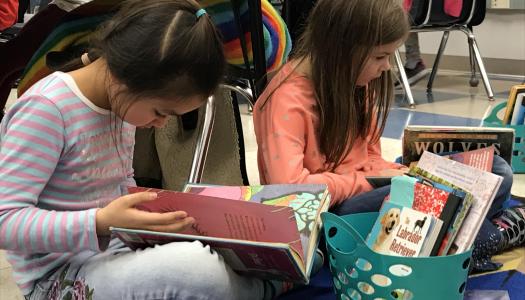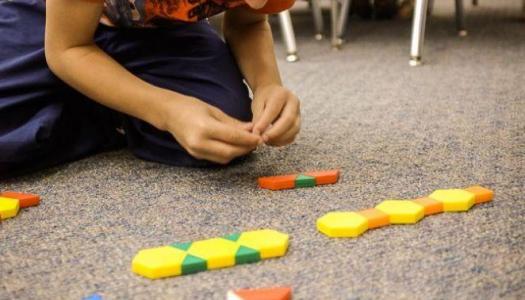Expressive Forms of Authentic Learning Application

Join Our Community
Access this resource now. Get up to three resources every month for free.
Choose from thousands of articles, lessons, guides, videos, and printables.
When it comes to authentic learning, students have two main ways to apply new knowledge: receptively and expressively. While the receptive form of application involves absorbing information through reading, listening, and viewing, expressive forms focus on how students articulate and demonstrate their understanding. Expressive forms of learning are particularly powerful because they enable students to actively engage with content, showcase their creativity, and communicate their ideas. This active engagement through expressive forms not only helps students deepen their understanding but also facilitates the transfer of learning into real-world applications. Three expressive ways students can authentically apply their learning are through writing, speaking, and visually representing.
Writing: Writing is a powerful tool for real learning and application in the classroom. It’s more than just copying down information; it’s about students putting their thoughts, ideas, and understanding into their own words. Whether they are crafting stories, composing essays, or jotting down reflections, writing helps students engage deeply with the content, show what they know, and express their creativity. Writing helps students solidify their understanding and develop critical thinking skills as they organize their thoughts and communicate clearly. It’s a great way for them to explore concepts, make connections, and showcase their learning in meaningful ways.
Speaking: Speaking is a fundamental way for students to authentically learn and apply knowledge in the classroom. It allows students to express their understanding, share their perspectives, and engage in meaningful conversations. Whether presenting a topic, participating in discussions, or explaining concepts to classmates, speaking helps students articulate their thoughts clearly and confidently. This not only improves their communication skills but also deepens their understanding as they talk through and refine their ideas. Through speaking activities, students learn to listen actively, respond thoughtfully, and work well with others, creating a lively and collaborative learning environment where ideas flow and knowledge is built together.
Visually Representing: This form of expression lets students turn abstract ideas into concrete visuals like diagrams, charts, maps, and infographics. When students create visuals, they show their understanding and engage in deeper thinking as they combine and organize information. Visual representations help students explore connections between ideas, spot patterns, and present complex information in an easy-to-understand way. This process also boosts creativity and innovation as students try out different visual techniques to share their knowledge. Whether they’re illustrating scientific processes, mapping historical events, or designing data charts, visually representing helps students display their learning in an engaging and thoughtful manner.
By incorporating these three expressive forms into teaching and student application, we can provide diverse and meaningful ways for students to demonstrate their learning and transfer their knowledge, ensuring that everyone has the opportunity to engage with content in a way that resonates with them.








